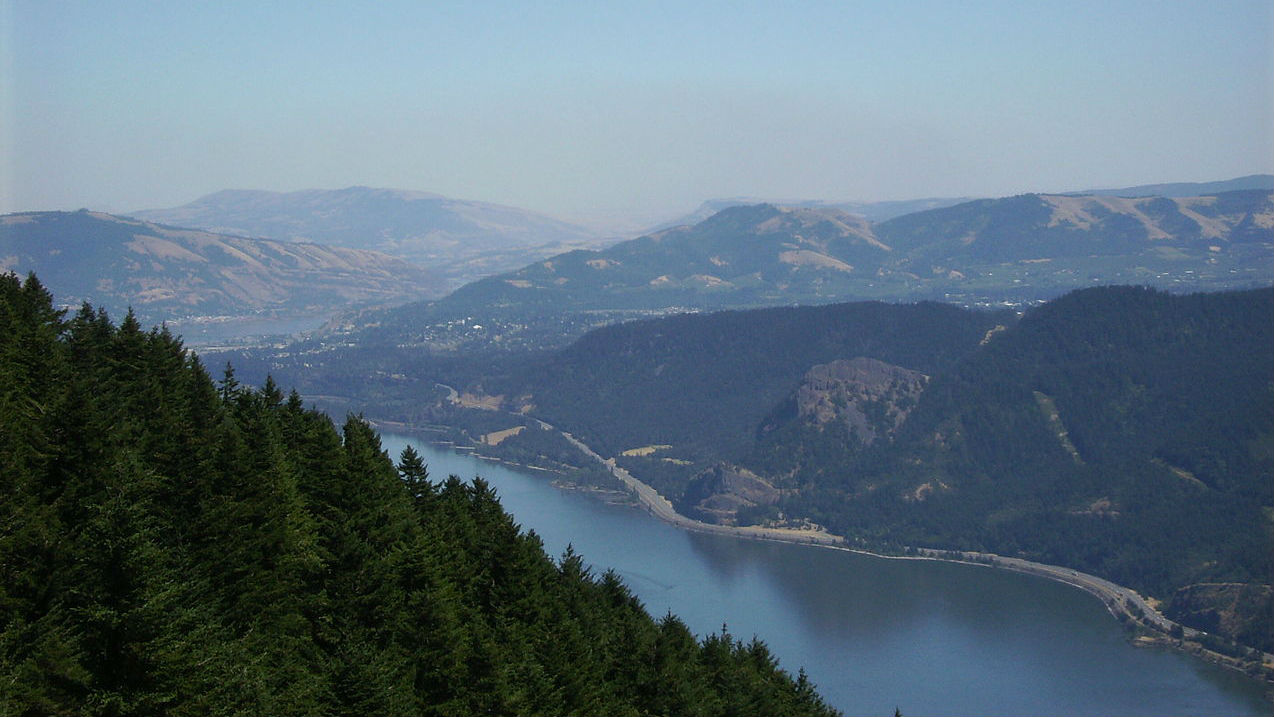
According to the ruling, the U.S. Army Corps of Engineers has a valid legal right to use this property to deposit dredge spoils at the proposed terminal site.
Unless the Army Corps is willing to forfeit the easement, Oregon LNG cannot build the proposed terminal.
“The Corps vigorously defended this lawsuit to protect a valuable public property right and the court got it right,” said Miles Johnson, Clean Water Attorney for Columbia Riverkeeper. The ruling could spell the end to Oregon LNG’s ten-year effort to site one of the most destructive, dangerous projects we’ve ever seen proposed on the Columbia River, he said.
Clatsop County gave the Army Corps an easement to place dredge spoils on the East Skipanon Peninsula in 1957. Since then, the Army Corps placed hundreds of thousands of cubic yards of dredge spoils there. Oregon LNG claimed that the easement was never valid. Citing the federal Quiet Title Act’s statute of limitations, the judge dismissed Oregon LNG’s suit and held that any challenge to the Army Corps’ easement should have been brought years ago.
Local residents and conservation groups have fought against Oregon LNG because the project threatens community safety, salmon habitat, farms and forestlands. According to a 2014 U.S. Department of Energy report, the climate change impacts of LNG export to Asia are worse than coal. Natural gas for LNG export comes from fracking in the western U.S. and Canada, and the long, energy-intensive supply chain of LNG exports releases enormous amounts of climate changing pollution. The project requires hundreds of miles of new gas pipelines to send the fracked gas overseas.
Currently, there are two proposals to locate LNG facilities on the Oregon Coast and the Columbia River, coupled with associated proposals to construct hundreds of miles of new natural gas pipelines throughout Oregon and Washington.